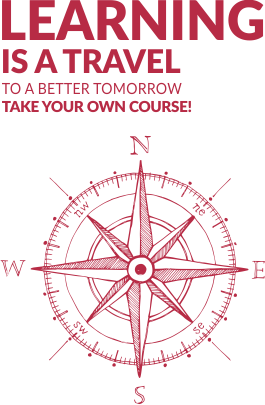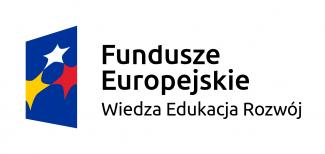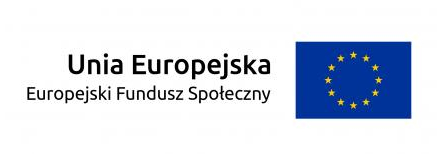Famous people associated with Krakow

OUR PATRON
St. John Paul II – born Karol Józef Wojtyła, a saint of the Catholic Church. The first non-Italian Pope since 1523. He served in Vatican for 26 years (1978 to 2005), which makes it the longest pontificate in the 20th century and the third-longest in the history of the Church. Very frequently called Saint John Paul the Great, he was one of the most influential leaders of the 20th century as he played a significant role in shaping the history of Europe in the 80s and 90s. Pope John Paul II was known for his great affinity towards the devotion of Divine Mercy, which Jesus revealed to St. Faustina Kowalska. John Paul II, as a supporter of ecumenism and interreligious dialogue, contributed considerably to the improvement of relations of the Catholic Church's with Islam , Judaism, the Eastern Orthodox Church, and the Anglican Communion. During his pontificate, John Paul II beatified and canonised a great number of people as part of his special emphasis on the universal call to holiness. John Paul II is also the person behind the idea of organizing World Youth Days and , together with Blessed Teresa of Calcutta, a patron of the event.
Routes of John Paul II – Places in Krakow associated with the Pope:
- Błonia Park and the Papal Stone at Błonia – a large meadow adjacent to the city centre on which JPII celebrated masses during his visits to Krakow
- John Tyranowski’s house – the place in which young Karol Wojtyła would meet his great spiritual mentor – Servant of God Jan Tyranowski
- Quarry in Zakrzówek – During wartime Karol Wojtyła worked here as a manual labourer (apart from the limestone quarry, Wojtyła also worked at the Solvay chemical factory and a wastewater treatment plant in Borek Fałęcki)
- St. Stanislaus Kostka’s Church in Dębniki – Karol Wojtyła conducted his first mass as a priest here
- The Jagiellonian University in Krakow – Karol Wojtyła was a student of Polish studies at the Faculty of Philosophy
- The Bishop's Palace in Krakow – the seat of Krakow Metropolitan Curia with its famous ‘Papal Window’ from which John Paul II spoke to the crowds that gathered to see him.
- Divine Mercy Sanctuary and Sanctuary of St John Paul II – two places of religious cult directly related to John Paul II, located in Łagiewniki district very close to each other
OTHER people associated with krakow
St. Faustina Kowalska –a mystic, visionary. Venerated within the Church as the „Secretary of Divine Mercy”. The author of the Diary in which she described her spiritual experiences of meeting Jesus.
Tadeusz Kościuszko – a national hero, American general – participant of the American Revolutionary War (1775–1783), Supreme Commander of the Polish National Armed Forces, leader of the 1794 Kościuszko Uprising.
Jan Matejko – a painter, author of historical paintings e.g. “Battle of Grunwald”, “The Prussian Homage”, “Stańczyk”, “John III Sobieski at Vienna”.
Czesław Miłosz – a poet, prose writer, Noble Prize winner in literature.
Stanisław Lem – a writer, philosopher, famous representative of science-fiction genre. Notable books: “Soloaris” , “ Return from the Stars”, “ Diary found in a bathtub” .
Marek Grechuta – a singer, poet, composer and painter.
Giovanni Battista Falconi – an Italian baroque stucco artist, author of decorations in numerous churches in Lesser Poland and Lublin region.
Jan Długosz – a priest, diplomat and a renowned chronicler of Polish history. His old house at 25 Kanonicza Street now houses the Rectorate of UPJPII.
Stanisław Wyspiański – a playwright, painter and poet, sometimes called the Fourth Polish Bard (the other Bards are Adam Mickiewicz, Juliusz Słowacki, and Zygmunt Krasiński).
Nicolaus Copernicus – an astronomer and mathematician, best known for the model of Heliocentrism, studied at the University of Kraków (present-day Jagiellonian University) in the Department of Arts, where he obtained thorough grounding in the mathematical-astronomical knowledge.
Sławomir Mrożek – a dramatist, writer and cartoonist, known for his absurdist fiction.
Wisława Szymborska – a poet, translator, essayist and a literary critic, Noble Prize winner in literature



